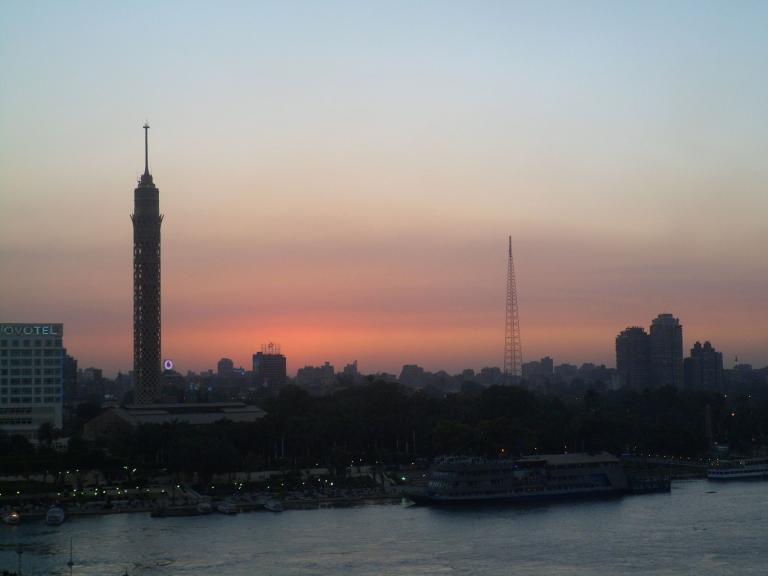
(It’s slightly weird, by the way, to speak of “Gezira Island” in English, since “Gezira” is simply the Arabic equivalent, pronounced in the dialect of Lower Egypt, of English “island.”)
I first became really aware of the power of Latter-day Saint community when my wife and I were living in Cairo. Or, more precisely, in Ma‘adi, to the south of Cairo.
We ended up spending four academic years there. We hadn’t planned on that initially. We simply kept on extending — and the Cairo Branch was a principal reason for our willingness to stay.
A resident American official then with the Center for Arabic Study Abroad — I was a CASA fellow for my last year in Egypt — made an interesting comment to me that is helpful in this context: I had been suffering from hepatitis, which had left me bedridden for at least a month, and he came to visit me to see how I was. In the course of the conversation, he confided in me that, if it were up to him, he would be seriously inclined to admit Latter-day Saint students to the CASA program, which was strictly limited in size, in preference to non-Mormons, even if the LDS students had slightly lower qualifications. I asked him why. Because, he said, LDS students arrived in Cairo — a huge, exceedingly foreign, often quite dysfunctional, and frequently very difficult city — with a support system already in place. Several CASA students, pretty much on their own and overwhelmed by Cairo, had prematurely dropped out of the program, leaving their spaces vacant — and, each time, leaving the Fulbright officials who were its principal funders tempted to reduce the number of student slots accordingly. The Mormons, he said, flourished . . . and never dropped out.
This certainly fit our experience. The hepatitis episode was a case in point: My unofficial diagnosis, before a physician confirmed it, came from the branch president’s wife, Lani Green, at a branch Christmas party where I was feeling unbelievably awful. (She’s a nurse.) And members of the branch were amazingly kind through my recovery. Especially so as it transpired during the very last stages of my wife’s pregnancy. I could do little, but the branch president’s wife and Carol Naguib, the Relief Society president (both of whom had become very close friends), as well as others, were remarkably kind to both of us then and during our son’s first months.
That had been the pattern from the first: Arriving at the Cairo Airport — a chaotic and intimidating place in those days — without even a plan of where to spend the night, my new wife and I were met, to our delight, by a then-member of the branch, our friend S. Kent Brown, who was in Egypt at that time doing research at the Coptic Museum. We stayed at his family’s apartment for a week or two, until, with the help of the Relief Society president, we found a place of our own. And she also helped my wife land a quite unexpected teaching position at Cairo American College — which had been vacated, a few weeks into the fall term, by a new American teacher who, it seems, simply couldn’t handle life in Egypt.











